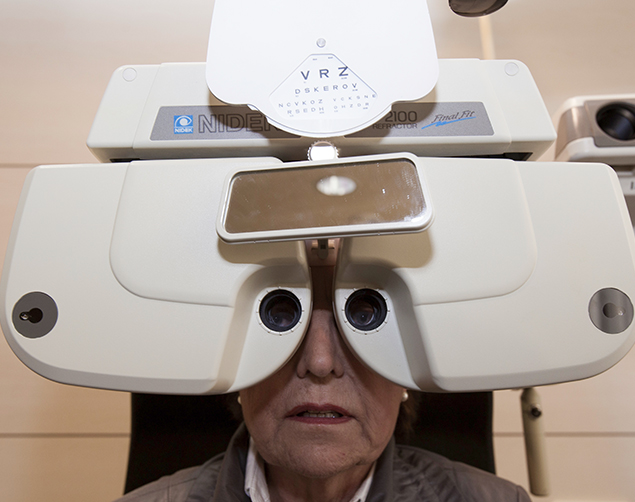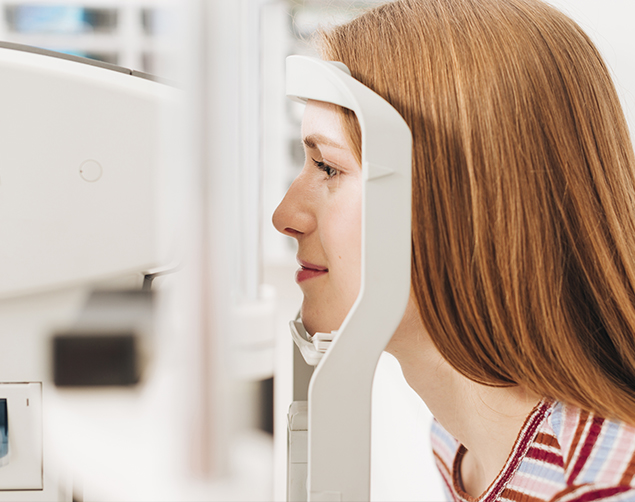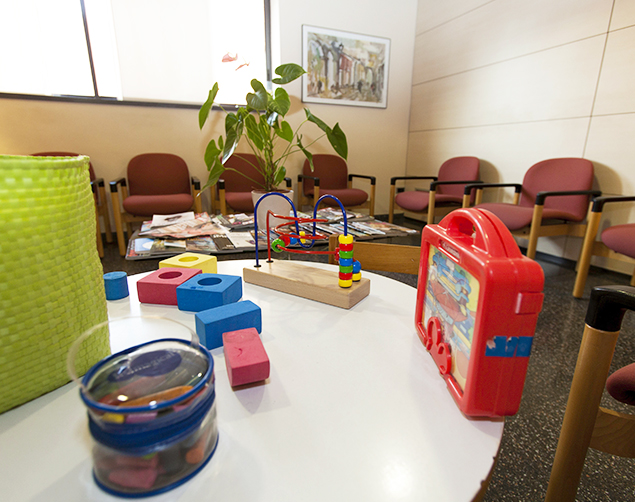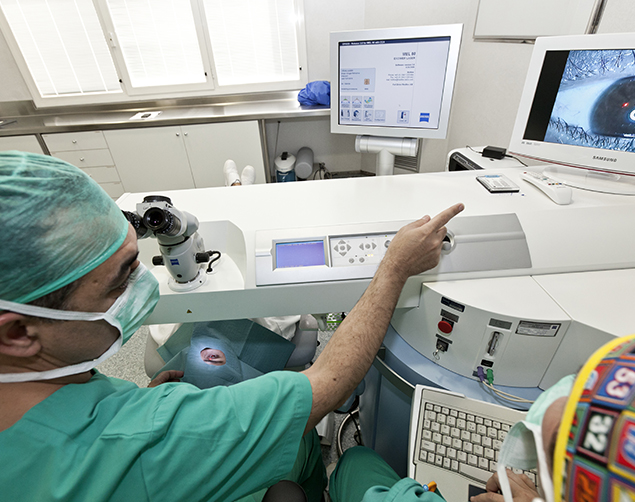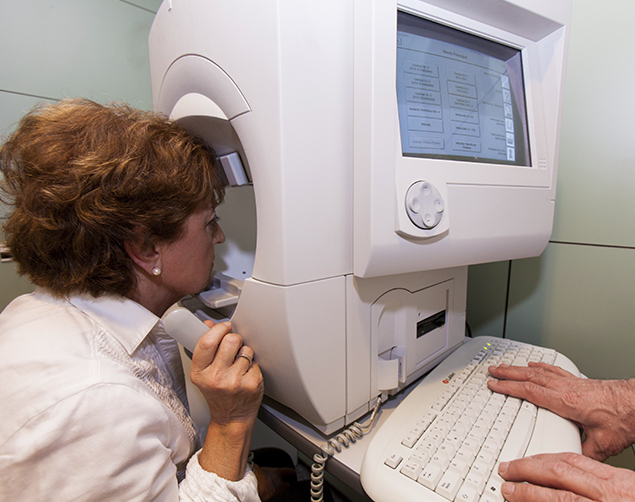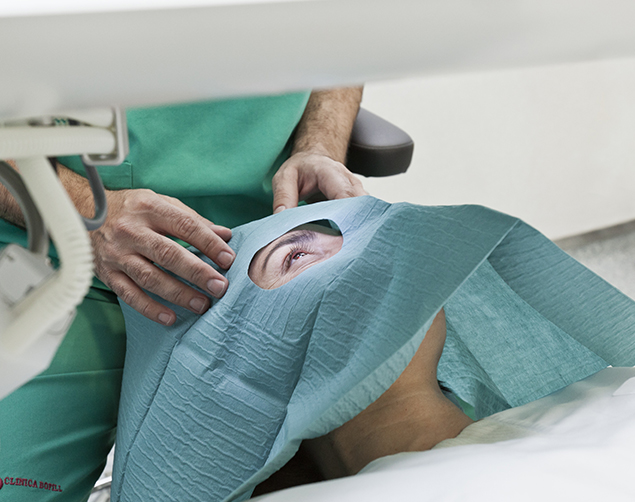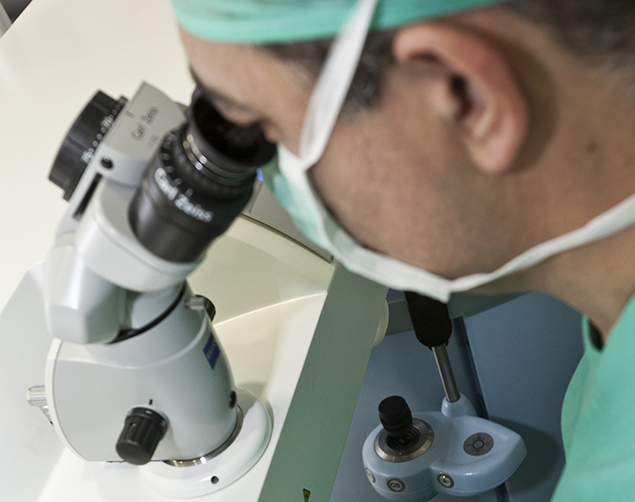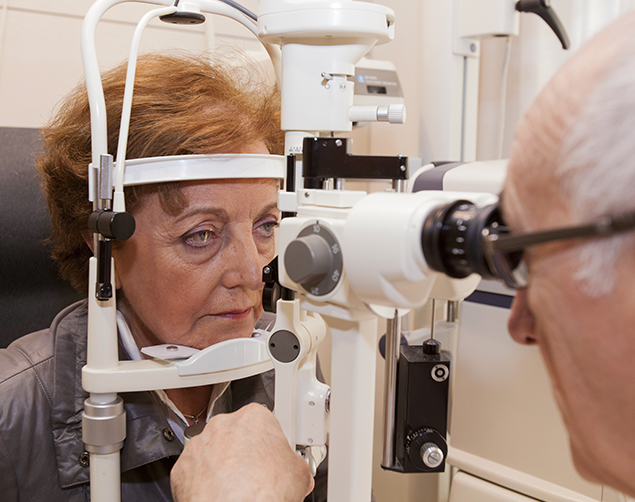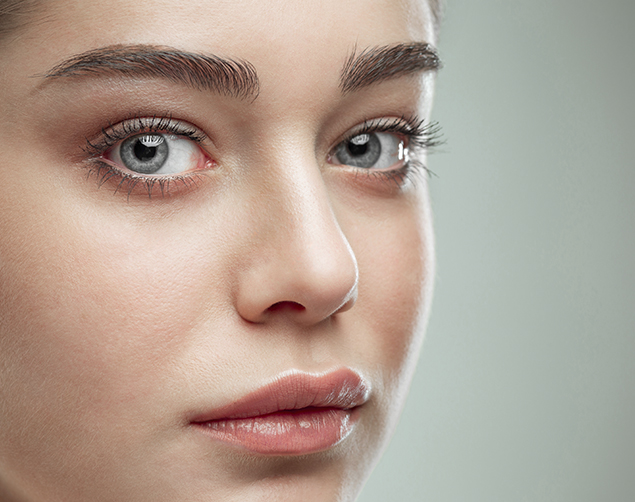© Tarrús Oftalmòlegs 2021
Cataract surgery
A cataract is the opacity of the eye lens that involves the gradual loss of transparency of the crystalline lens. In this process, the crystalline lens loses its flexibility, becomes enlarged and naturally cloudy, producing a progressive reduction of vision. It is a very frequent problem in patients over eighty years of age: it affects 80% of them.
It is treated surgically with topical local anesthesia. It does not require the patient’s admission. The process consists of removing the opaque crystalline lens and replacing it with a transparent intraocular lens.
Oculoplastic surgery
Surgical practice oriented to the treatment of diseases of the orbit, lacrimal ducts, eyelids and pathology of the periocular area.
It is treated surgically with topical local anesthesia. It does not require the patient’s admission.
General ophthalmology and refraction
General ophthalmology is aimed at orienting the patient’s ocular pathology at the first visit. During this initial examination, the ophthalmologist and their team carry out a complete ophthalmological examination that includes a study of visual acuity, stereooptic acuity, ocular motility, the state of the eyelids and fundus, as well as the anterior segment. In addition, a color test is performed, intraocular pressure is taken and optical correction is checked.
Pediatric ophthalmology and strabismus
The objective of pediatric ophthalmology is to control the normal ocular development and the diagnosis of ocular pathologies in infants. It covers from the most common refractive defects, such as myopia, hyperopia and strabismus, to amblyopia, congenital cataract, malformations or ocular allergies.
Excimer laser refractive surgery
Refractive surgery is a set of ophthalmological procedures aimed at correcting refractive defects such as myopia, hyperopia, astigmatism and presbyopia or eyestrain. It is a technique based on precision and safety fully consolidated to achieve a good visual quality and avoid dependence on glasses or contact lenses.
The most common technique in refractive surgery is LASIK. This method consists of using the excimer laser under the thin superficial layer of the cornea, approximately 130 microns thick, to perform an optical reshaping. LASIK is a useful and safe procedure, which allows a quick recovery (just a few hours) in interventions to correct myopia, hyperopia and stigmatism.
Glaucoma surgery
Glaucoma is a group of eye conditions affecting the optic nerve. In most cases, the anterior fluid drainage system of the eye becomes obstructed and intraocular fluid, which is not drained properly, accumulates inside the eye. This fluid concentration causes an increase in intraocular pressure which, over time, can affect the optic nerve, leading to progressive loss of vision.
The diagnosis of glaucoma is made through intraocular pressure recordings, computerized campimetry and tomography (OCT) of the optic nerve.
Treatment is usually topical, through the administration of ocular hypotensive eye drops. If this is not sufficient, surgical treatment may be chosen.
Medical and surgical retina
The retinologist treats retinal diseases, in other words, those that affect the retina. The most frequent and serious are diabetic retinopathy, age-related macular degeneration (AMD), retinal detachment and epiretinal membranes.
Thyroid ophthalmopathy
Thyroid orbitopathy is an immunologic disorder that affects the functioning of the thyroid gland and orbital components (orbital fat and muscles), either together or separately. There is an increase in the volume of the extraocular muscles and orbital fat, causing proptosis or exophthalmos (protruding eyes) with ocular and periocular swelling, and with retraction of the upper eyelids.
Neurophthalmology
Neurophthalmology is a subspecialty within the field of ophthalmology that studies neurological abnormalities and dysfunctions of the eye. The most common are oculomotor palsies, diplopia (or double vision), as well as abnormalities of the pupil and optic nerve.
Aesthetics and oculofacial rejuvenation
Nowadays, it is common to undergo periocular rejuvenation. The most popular are those performed through treatments with botulinum toxin and fillers of expression wrinkles, typical of age.

